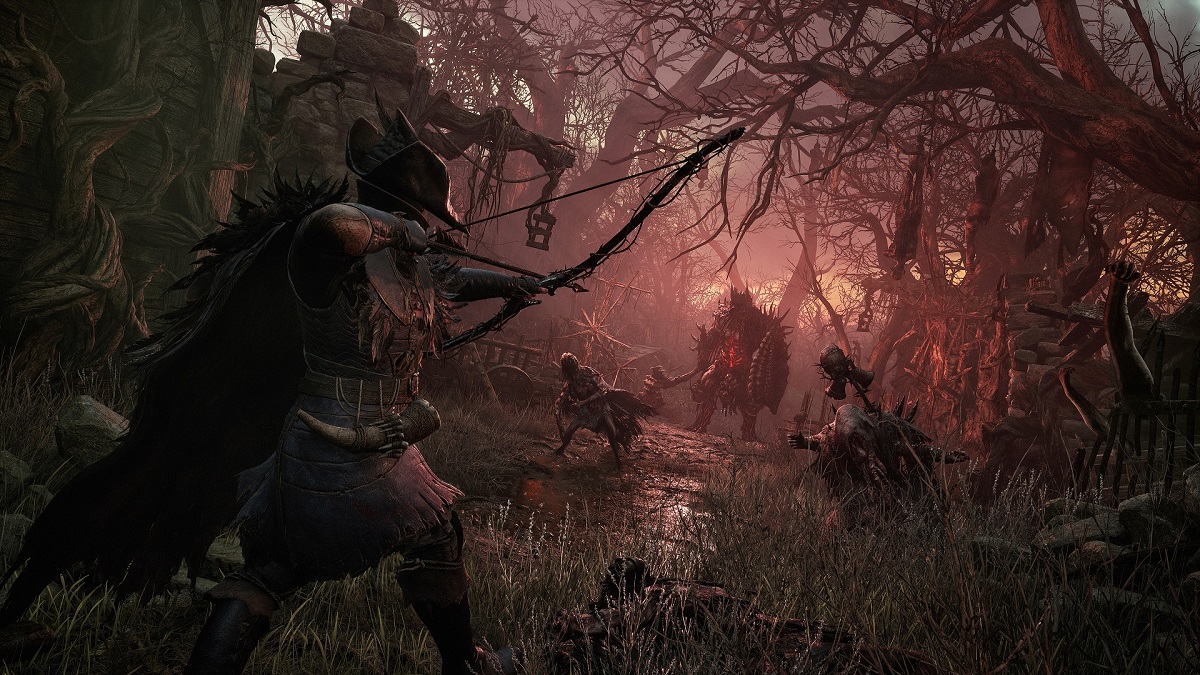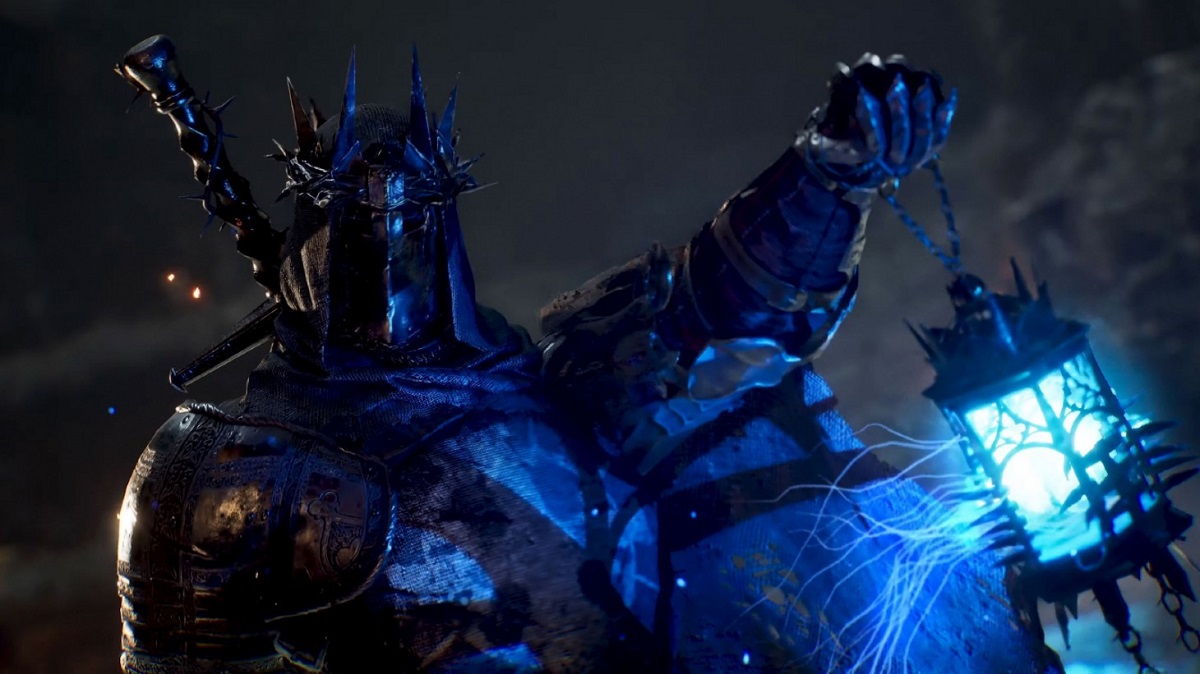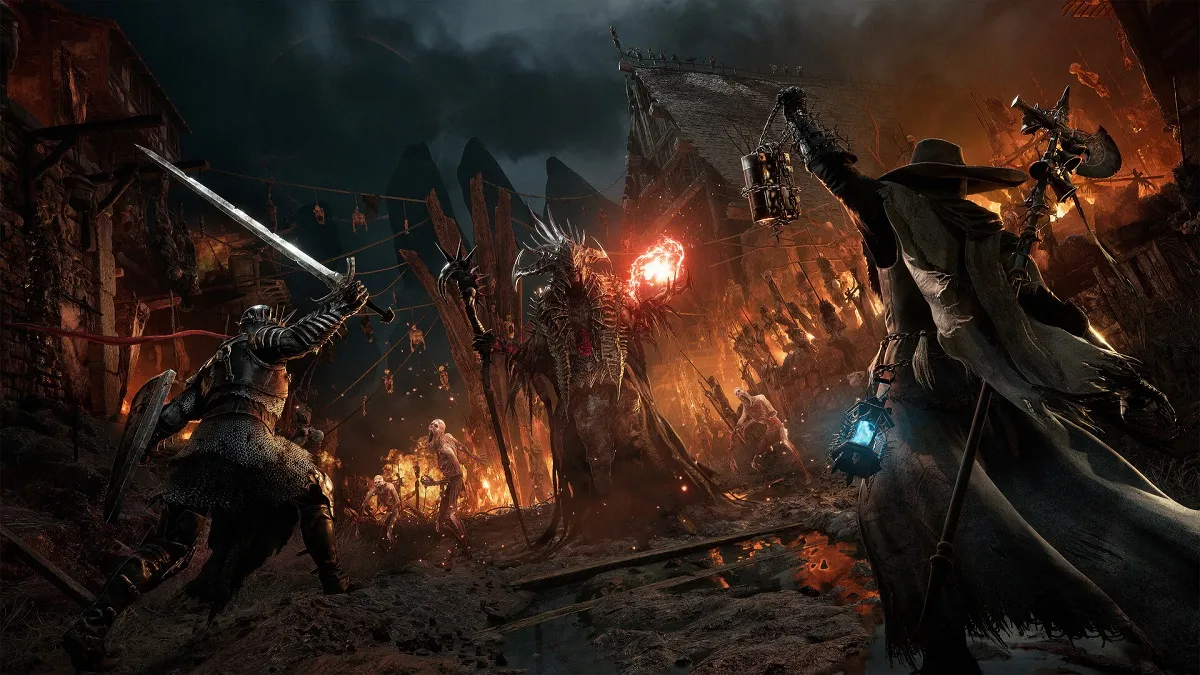Warning: This article on why the Umbral Lamp in Lords of the Fallen is clunky but loveable contains spoilers for the game.
Games fixated on hopping between worlds, either as a setting change like in God of War or tied into setpieces such as Rachet & Clank: Rift Apart, have a seductive edge that always reels me in. Lords of the Fallen finds a foothold next to these titles with its realm-hopping Umbral Lamp, yet in reality, the device is more so a clunky feature struggling to find a rhythm under the burden of a Soulslike formula – losing its initial magical appeal I loved about it the more I pressed through the game.
Any developer willing to break the rules of what a game world is supposed to be has the difficult task of constantly answering a player’s curiosity and balancing the delivery of that experience. Lords of the Fallen begins that trek by requiring the player to find a way to get past a door minutes after creating a character, seeding the need to lean on the Umbral Lamp.
With it, I uncovered tentacle-like threads leading down a hidden path to unlock the door. I blinked between the realms of Umbral and Axiom to deal with ghoulish creatures and interact with the environment. Sitting in my room and grinning from ear to ear, the entire sequence was compelling and a technical marvel as I peeled back the world. Retreading grounds already walked across bloomed in a new soul-stirring light under a different angle. The starting impression of the Umbral Lamp is impressively strong and manages to hook into what makes Soulslike exploration fun and timeless – until I started exploring Pilgrim’s Perch.
Related: Lords of the Fallen Commits the Cardinal Soulslike Sin: Not Resetting Elevators
Imagine an unending storm beating against wooden planks latching onto a cliff face for dear life, with ranged spellcasters atop pillars and little fighting room. Pilgrim’s Perch unapologetically channels the frustrating Blighttown experience from Dark Souls – minus the poison – and unknowingly starts to crack into the awkward flaws of the Umbral Lamp.

Sure, I can yank out an enemy’s soul to make them fall to their death with the Umbral Lamp, but first, I have to create distance on a small platform and sit through a slow windup animation. All the while, I’m crossing my toes, hoping my character doesn’t get snubbed in the face for the third time. Someone could argue that there’s a time and place to use the Umbral Lamp in combat, but why should I conform to that strategy? Such an accessible game verb will get used in situations even the developers won’t be able to anticipate, and being restricted in how and when reflects a failure in the game’s design or the feature’s implementation.
Enemies are feral and, at times, up in your grill too much to warrant using the Umbral Lamp. To make matters worse, you’re forced to hold it up before doing anything. Making this sacrifice often led to getting slapped or stunlocked because my guard was down. And even when I could successfully pull out an enemy’s soul, the few hits I could get in might be worthless based on the mob.
Time and time again, as I got further into the game, I felt less and less encouraged to engage with the lamp during battles. Unfortunately, Lords of the Fallen only makes it more of a need in later zones. To even damage a pack of beefy enemies, I had to siphon off magical parasites with the lamp, while in the corner of my eye lingered zombies close enough to pull me into Umbral for a bad trip. One boss and its minions were protected by the same parasites, making for an uncomfortable dance of dodging and fiddling with the lamp in the first minute or two inside a tight arena.
Related: Lords of the Fallen’s Mobs Aren’t Challenging, They’re Frustrating
Its clunkiness adds unnecessary irritation to the experience, and in time, I started associating the Umbral Lamp with aggravating segments. That’s a shame because there are spellbinding moments where it offers dimension to a section of a zone, unveiling what’s hiding underneath a deep pond or bony bridges leading to new areas. Its greatest asset is less about what the Umbral Lamp can do and more about how a player feels when doing it.

This level of agency is consistent, but it’s hard to grab hold of when that sensation builds on top of cumbersome design and difficulty spikes. Progression in a Soulslike has this natural path of increasing challenge and complexity, but what’s emblematic of how the Umbral Lamp works throughout Lords of the Fallen hardly evolves in a fun way. Curiosity fades, and annoyance settles in. The theme of surpassing challenges is what Lords of the Fallen shoots for the most, working against the Umbral Lamp in more ways than one.
Despite what I feel about the feature in the grand scheme of things, I couldn’t help but love what was there and wonder how far it can go in a future Soulslike. Changing the mechanics of a game world and influencing battle through powers is, without a doubt, an exciting thing for players to have as a build addition and could even determine how players use items.
The idea of the Umbral Lamp is game-changing to the formula. Such a tool can be evolved, with more powers and could directly engage with the environment even more, building on what Lords of the Fallen started. There’s so much untapped potential. I hope someone picks up the mantle and really smacks it out of the park in the future.






Published: Oct 23, 2023 05:00 pm